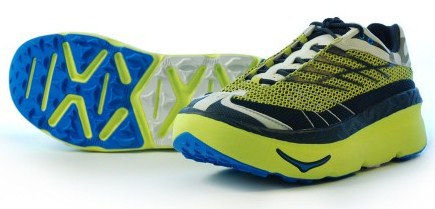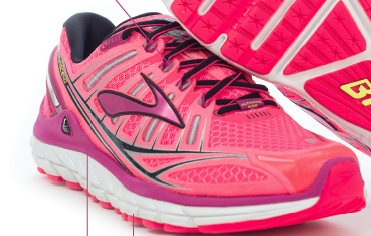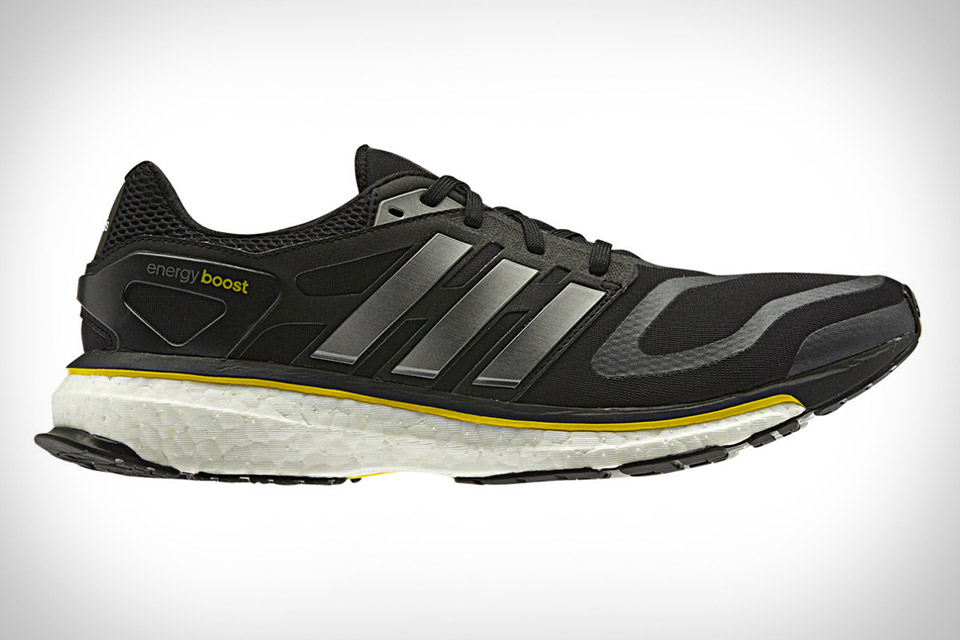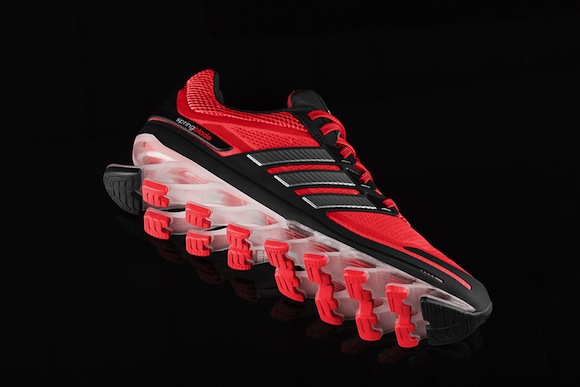Is the barefoot revolution over?
Barefoot running, the minimalist revolution, is it over?
There has been a lot of research published recently which should stop the preacher’s claims that the barefoot running shoe (and all its derivatives) promotes the ‘natural’ way to run and we should all adopt it.
As I have written about elsewhere those claims were never founded from the outset however now the evidence is even greater and no one explores this in greater depth than Craig Payne on his blog site run research junkie.
One of the key arguments of barefoot running is the reduction of load to the knee and indeed that is what Bonacci et.al, (2013) found. Kulmala et.al, (2013) came to similar conclusions when looking at forefoot running (which those in barefoot shoes tend to do – not always) compared to rearfoot. However they also found that Achilles tendon loading increased, Bonacci et.al, did not report on which structures load increased at as the knee reduced. The load or force can not be destroyed so if it is lowered at one structure it must increase somewhere else. Lenhart et.al, (2013) also found a reduction in patellofemoral joint force by increasing step rate of participants (another effect of barefoot running/footwear). However they noted an increase in rectus femoris load and hamstring loads.
What this explosion of recent data shows is that yes barefoot footwear/running can reduce knee loads however at the expense of increasing load elsewhere. So it may be sensible to recommend to a patient with knee pain to adopt this style/footwear however with caution that it could cause a problem elsewhere. Therefore the claims of the barefoot fanclubs that these are ‘the only shoes to wear’ and ‘the only way to run’ is nonsense and dangerous.
Nothing has changed my thoughts since my first blog post on this subject that alternating running surfaces, footwear and training is the best way to avoid injury as repetitive loads are avoided and with that increased loads to specific tissues. As to what shoes, the advice is still wear what feels the most comfortable as comfort has been shown to reduce injury risk (Mündermann et.al, 2001) and if your injured consider other greater risk factors for injury such as your training habits and previous injury (Hein et.al, 2012) before blaming your trainers.
To complicate this muddy water further there has recently been another shift in running footwear. Are we on the cusp of the birth of ‘maximalism’.
This started with the Hoka One One with the oversize thick EVA midsole

and the Brooks Transcend:

Both with oversized midsoles providing maximum cushioning. Then there are variations on this maximalism with the Adidas Boost:

This also boasts high level of cushioning with the aim of providing some return force to forward progression and the slightly odd looking Adidas Springblade with a similar ethos:

One thing is for sure, runners have never had so much choice and what these various styles of running footwear confirms is that no one style suits everyone and in fact one person could use different styles given how they feel, the type of run, even the weather. A new pair of trainers is no replacement for appropriate preparation otherwise no matter what you have on your feet you will get injured.
So as I observe the runners on London’s streets over the coming months will I see less ‘minimalism’ and more ‘maximalism’? Time will tell.
Kevin Bruce
References
Bonacci, J. Vicenzino, B. Spratford, W. and Collins, P., 2013. Take your shoes off to reduce patellofemoral joint stress during running, British Journal of Sports Medicine, ahead of print
Hein, T. Janssen, P. Fritz, U.W. and Grau, S. 2012. Do lower extremity kinematics and training variables affect the development of overuse injuries in runners? – a prospective study, 3rd Congress of the International Foot and Ankle Biomechanics Community Sydney Australia
Kulmala, J-P. Avela, J. Pasanen, K. and Parkkari, J., 2013. Forefoot strikers exhibit lower running-induced knee loading than rearfoot strikers, Medicine and Science in Sports and Exercise, ahead of print
Lenhart, R.L. Thelen, D.G. Wille, C.M. Chumanov, E.S. and Heiderscheit, B.C., 2013. Increasing running step rate reduces patellofemoral joint forces, Medicine and Science in Sports and Exercise, ahead of print
Mündermann, A. Stefanyshyn, D.J. and Nigg, B.M., 2001. Relationship between footwear comfort of shoe inserts and anthropometric and sensory factors, Medicine and Science in Sports and Exercise, pp.1939-1945